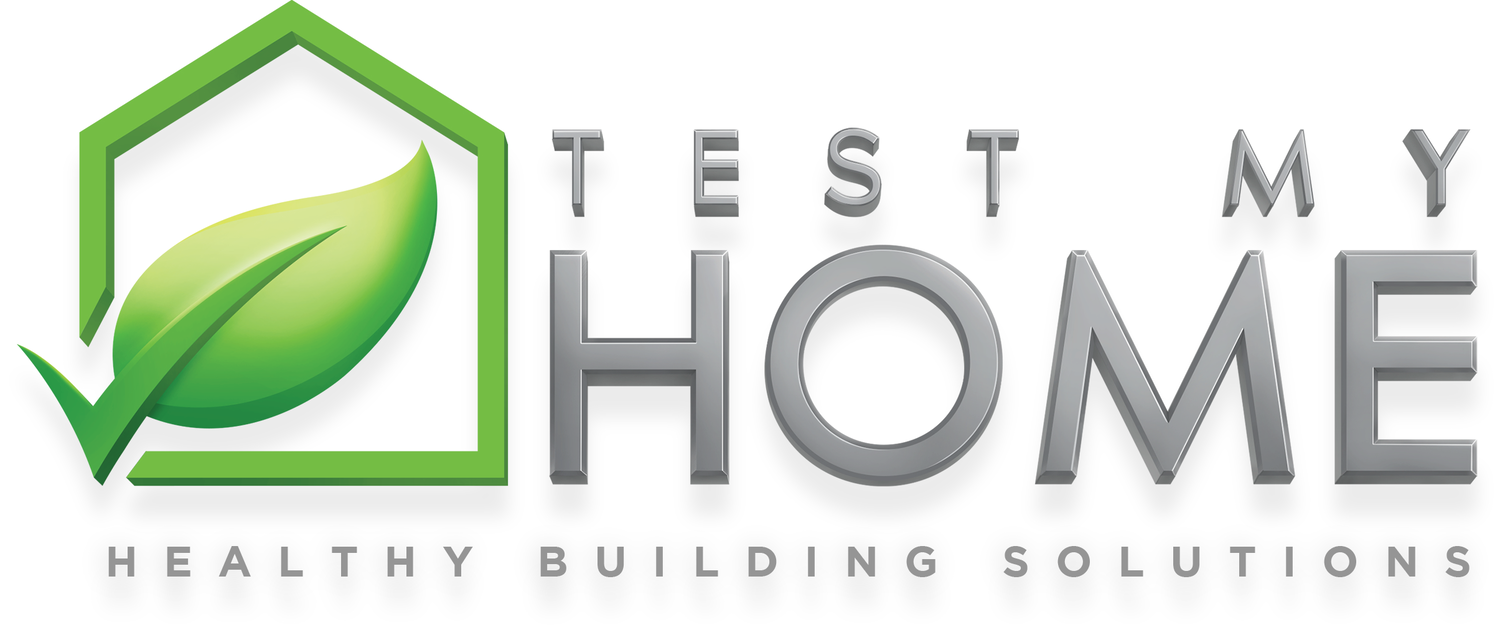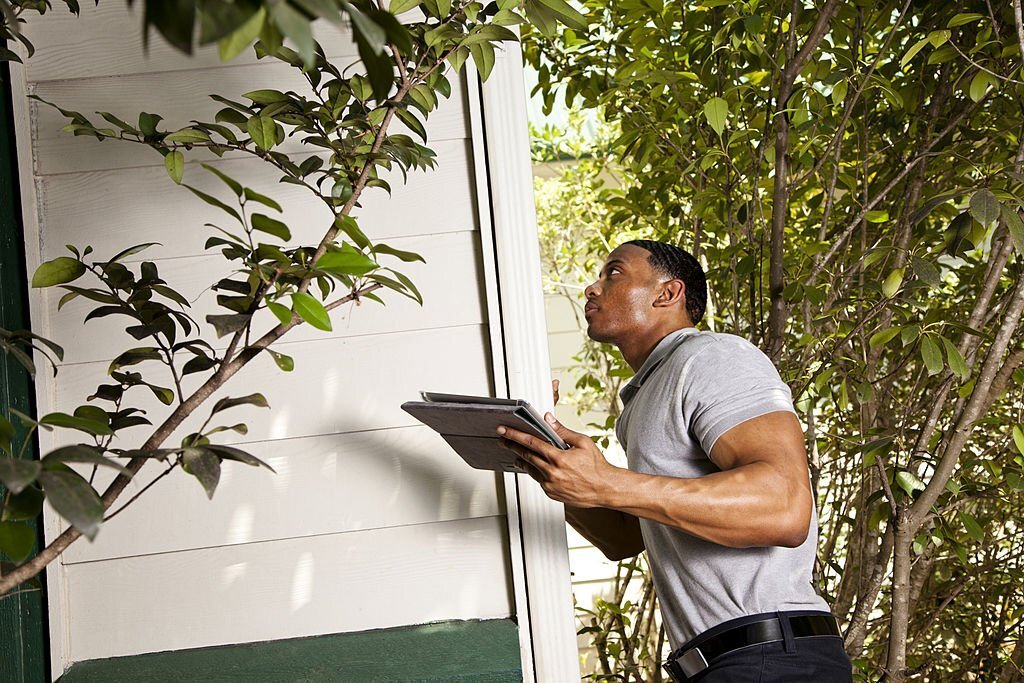A home inspection is an unbiased examination of the current condition of a home. It is performed by a trained and certified professional who will look at the structure and systems of the house to identify any existing or potential problems. Lenders can require a home inspection as part of the loan approval process, but it is common for buyers to request one even if it is not required. So, who pays for a home inspection? The answer may surprise you.
Typically, the buyer pays for the home inspection. This is because the buyer is the one who is requesting the service and will be the one who benefits from it. Some inspectors may charge extra for filming their inspection or providing a written report in addition to their oral information.
While it may seem unnecessary, a home inspection can save you money in the long run. By identifying problems early on, you can either negotiate with the seller to have them fixed before closing or plan repairs after moving in. In some cases, a home inspection can also give you leverage to walk away from a deal altogether if there are significant issues with the property.
A home inspection is an essential step in the home-buying process. It can help you identify potential problems with a property before you commit to buying it, which can save you money in the long run. While buyers typically pay for home inspections, sellers sometimes offer to split costs or even pay entirely to sweeten the deal. Before agreeing to anything, be sure to clearly understand who will be responsible for paying for the inspection and what will be included in that fee.
A home inspection is a vital step in buying a home. It is essential to know what repairs or replacements may need to be made so that you can negotiate with the seller accordingly. In most cases, it is the responsibility of the buyer to pay for the home inspection. However, asking the seller to cover this fee or to split the cost with you never hurts.

